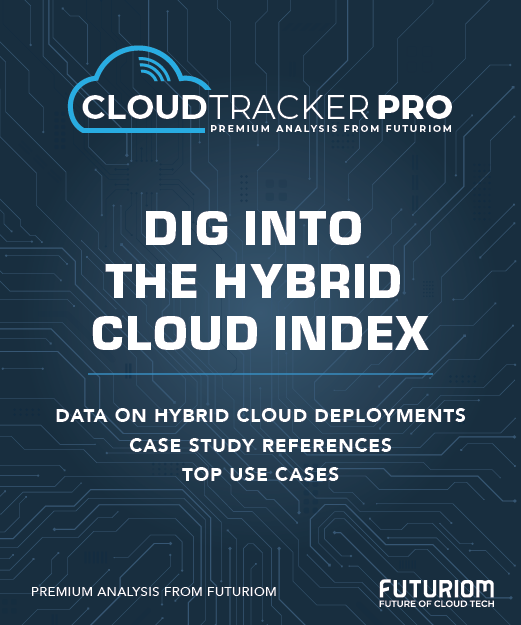ClearBlade Takes IoT to New Level

Internet of Things (IoT) system provider ClearBlade this week issued a new release of its products, incorporating more security, performance, usability, and AI into its platform.
Nicknamed Tarantula, the release includes enhancements to each of ClearBlade’s four main products—IoT Core, IoT Edge, IoT Enterprise, and Intelligent Assets. IoT Core, which replaced Google Cloud’s IoT Core via a “one click” migration after Google discontinued their product last year, now supports web addresses associated with the latest iteration of DigiCert’s certificate authority, a widely used security technology for protecting Internet connections.
ClearBlade’s IoT Edge and IoT Enterprise products also have new capabilities. IoT messaging via MQTT (Message Queuing Telemetry Transport, a standard messaging protocol for use between devices in IoT scenarios) is now integrated fully into AWS’s Kinesis data streaming service. More granularity in support of the OpenID Connect authentication protocol has been added, as have performance improvements via open-source remote procedure calls and faster updates on database diagnostics.
Intelligent Assets Gets Smarter
But perhaps the most interesting upgrades have been made to Intelligent Assets, ClearBlade’s flagship for business users, including ones in non-technical positions. This product allows users to set up and manage their physical IoT assets in digital twin fashion, using a natural-language, no-code interface. The Tarantula release increases the level of asset presentation detail while improving control and sharing capabilities.
For instance, dashboards, which furnish real-time monitoring and control of IoT assets, can be duplicated, shared, and exported to CSV or PDF. Filters for event reporting have been added, enabling users to search by event status, priority, and severity.
Perhaps most significantly, the GenAI Assistant for Intelligent Assets has been upgraded. This tool shepherds users via natural language through the process of creating and adding physical devices to ClearBlade Intelligent Assets for monitoring and management—including info about what to monitor and events to track for each device. Now it can also help create rules for said devices.
For example, using Intelligent Assets, a user might set up a fleet of trucks using natural language, each of which is monitored for specific actions, such as fuel level. The AI Assistant helps the customer use the same no-code interface to create a rule whereby an Event is reported when a truck’s fuel level drops too low as a result of sensors linked to the digital interface.

ClearBlade Intelligent Assets interface. Source: ClearBlade
ClearBlade’s IoT Advances
The Tarantula release is the latest of many upgrades delivered on a quarterly cadence (and named for cloud nebulae in the universe) in order to improve ClearBlade’s platform, a Linux-based environment that enables enterprises to set up and manage edge devices in a variety of vertical applications, providing inline data filtering and streaming; multifaceted security; connectivity with internal and external data stores; integration with multiple protocols, clouds, and gateways; and artificial intelligence (AI).
Founded in 2007 by now-CEO Eric Simone and CTO Aaron Allsbrook, ClearBlade has come into its own over time in environments equipped with multiple sensors and devices linked over the Internet. It has enjoyed particular success in areas such as facilities monitoring (aka smart buildings), railways, mining, oil and gas, smart cities, logistics, healthcare, and energy. Customers include Baker Hughes, Boeing, Oden Technologies, Rheem, Seawolf, and Sumitomo Corporation of Americas, to name a few.
DIY Is Chief Competitor
ClearBlade’s competition is growing and includes big players such as AWS, Microsoft, and IBM. But the company claims that a major competitor remains “DIY”—internal efforts by organizations to create their own IoT systems.
At least one customer testifies to this. “The IoT landscape seems to be plagued with rescue projects … A lot of companies think they can grow their own within their given cloud environment but they soon realize the task is too complex,” said Bill Brown, now an independent consultant who became familiar with ClearBlade when he served as the Technology Leader of IoT, Cloud, and Connected Products at Rheem Manufacturing. “ClearBlade takes care of about 80% to 90% of the work you need to do to set up an IoT network. Others, and I’ve tested many, do less,” Brown said.
Futuriom Take: ClearBlade’s recent Tarantula release builds on the vendor’s array of IoT products that have gained a reputation for security and performance with minimal customer effort. The GenAI tool heralds an interesting addition to the lineup.

















